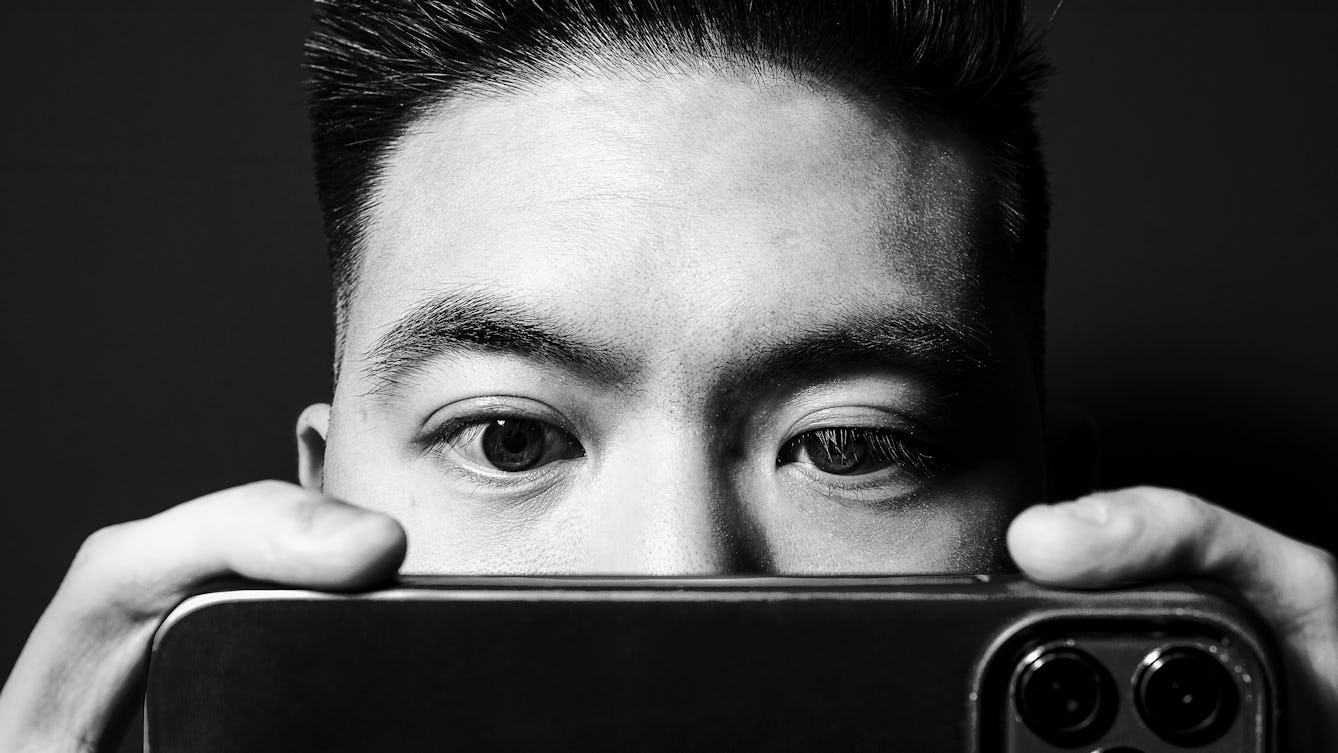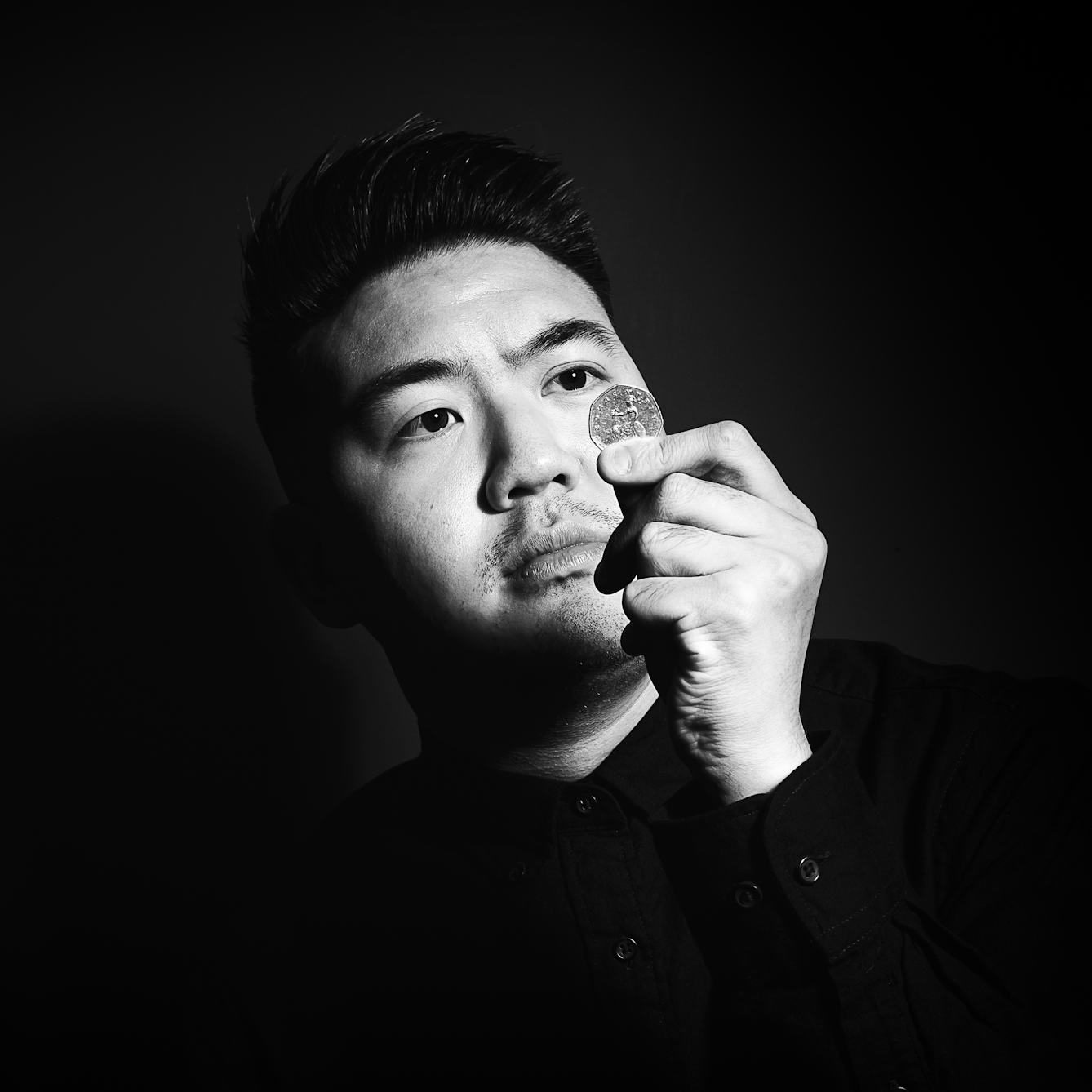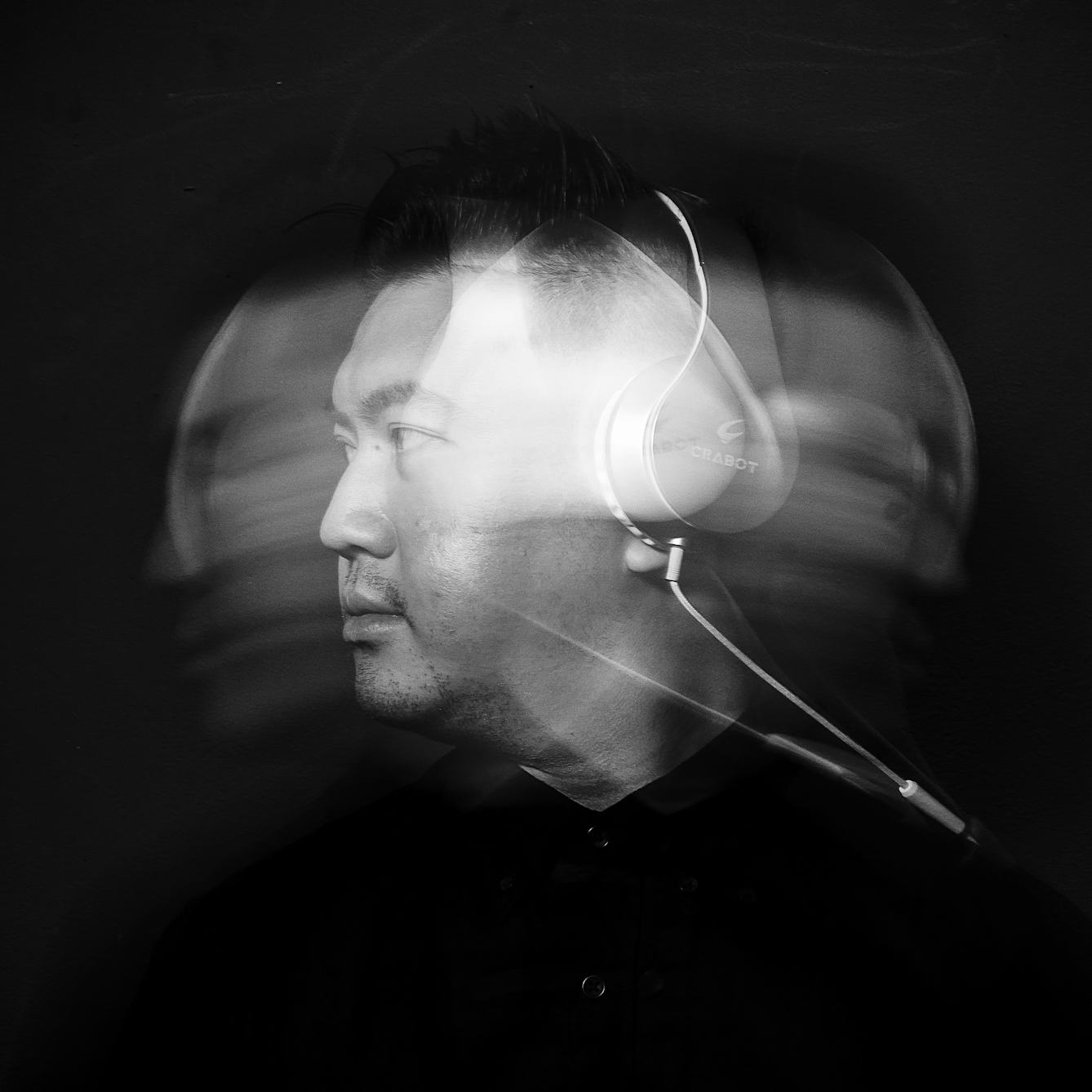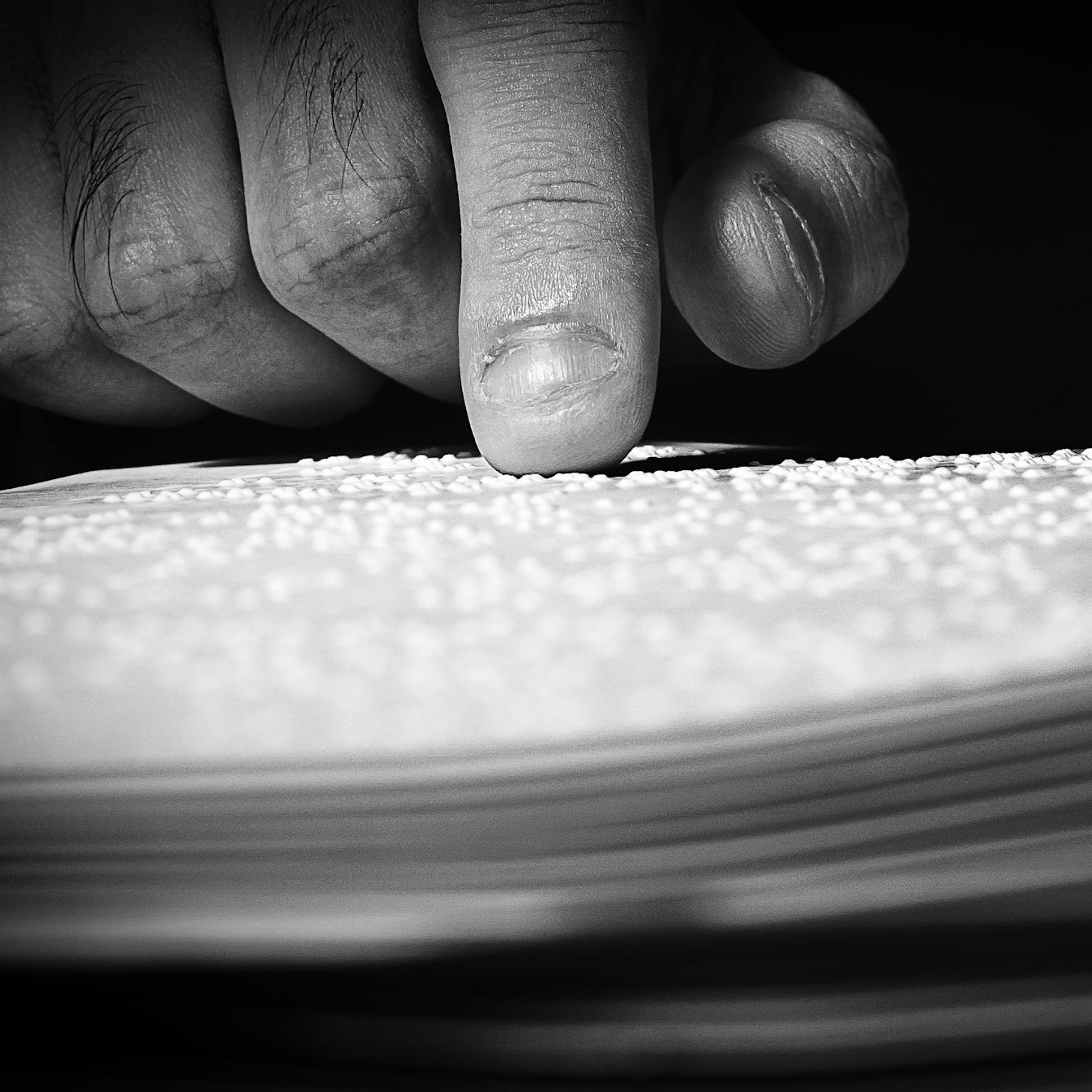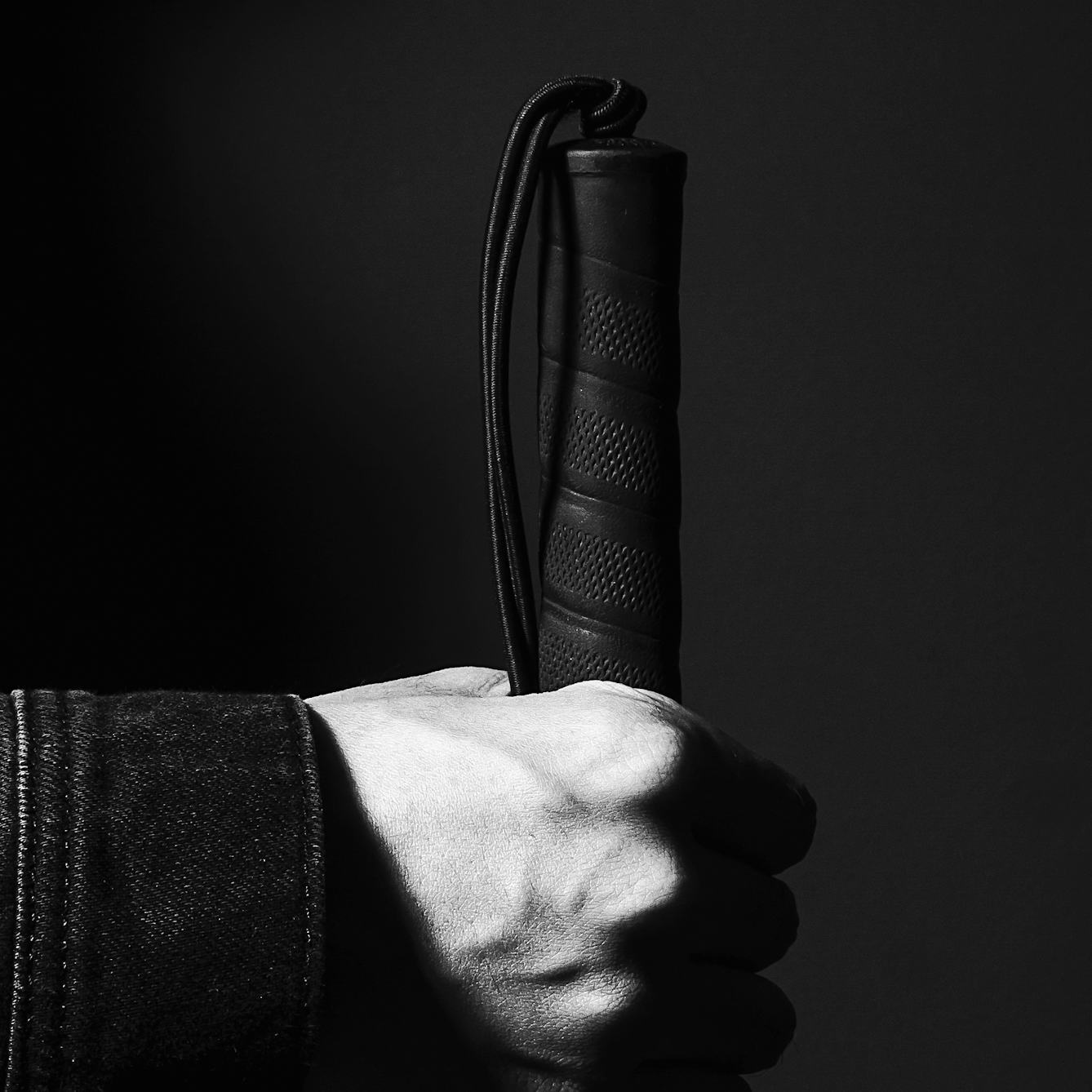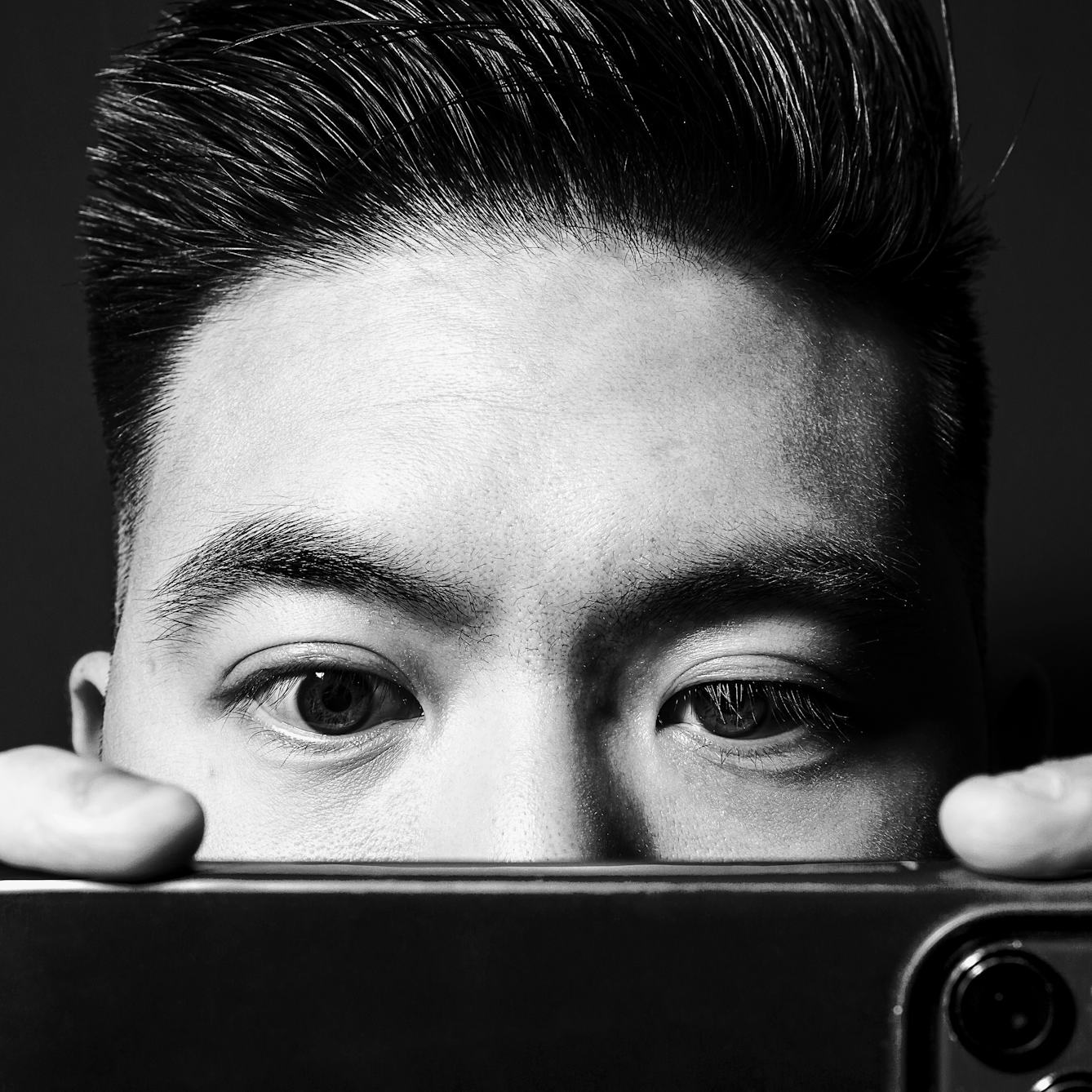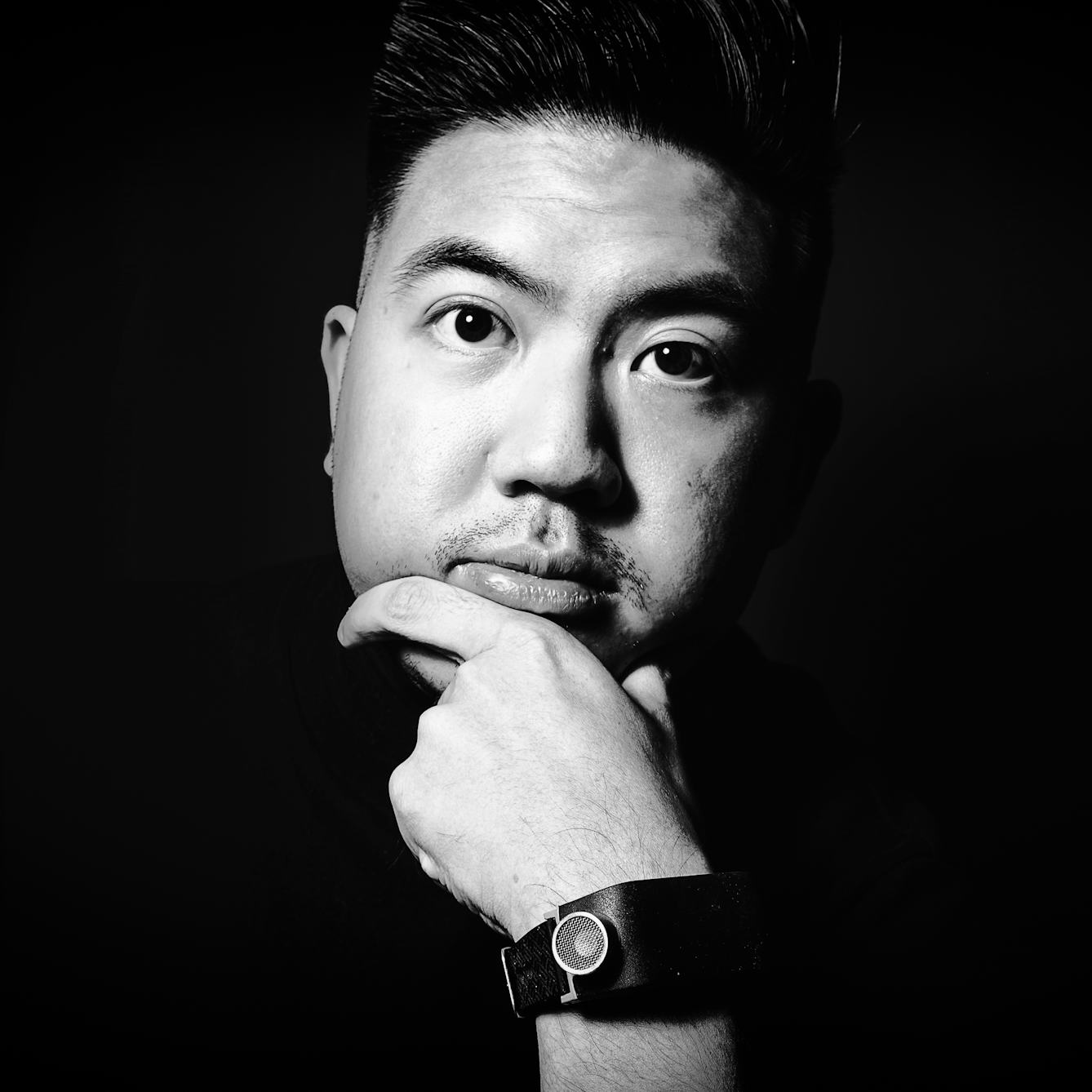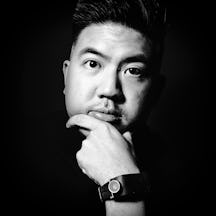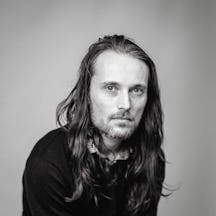When Alex Lee discovered that an inherited condition was causing sight loss, his life changed profoundly. He also began to explore the array of different assistive technologies available to help blind and visually impaired people read, communicate and find their way around. In this six-part series, Alex dives into the history of assistive technology, from long before computers to the latest AI. He asks why Braille took so long to become popular, how the simple white cane has been hard to improve on, what people might be able to see that machines never will, and who is responsible for the parlous state of audio description in the UK’s cinemas.
About the contributors
Alex Lee
Alex is a tech and culture journalist. He is currently tinkering with gadgets and writing about them for the Independent. You may have previously seen his work in the Guardian, Wired and Logic magazine. When he’s not complaining about his struggles with accessibility, you’ll likely find him in a cinema somewhere, attempting to watch the latest science-fiction film.
Ian Treherne
Ian Treherne was born deaf. His degenerative eye condition, which by default naturally cropped the world around him, gave him a unique eye for capturing moments in time. Using photography as a tool, a form of compensation for his lack of sight, Ian is able to utilise the lens of the camera, rather than his own, to sensitively capture the beauty and distortion of the world around him, which he is unable to see. Ian Treherne is an ambassador for the charity Sense, has worked on large projects about the Paralympics with Channel 4 and has been mentored by photographer Rankin.
